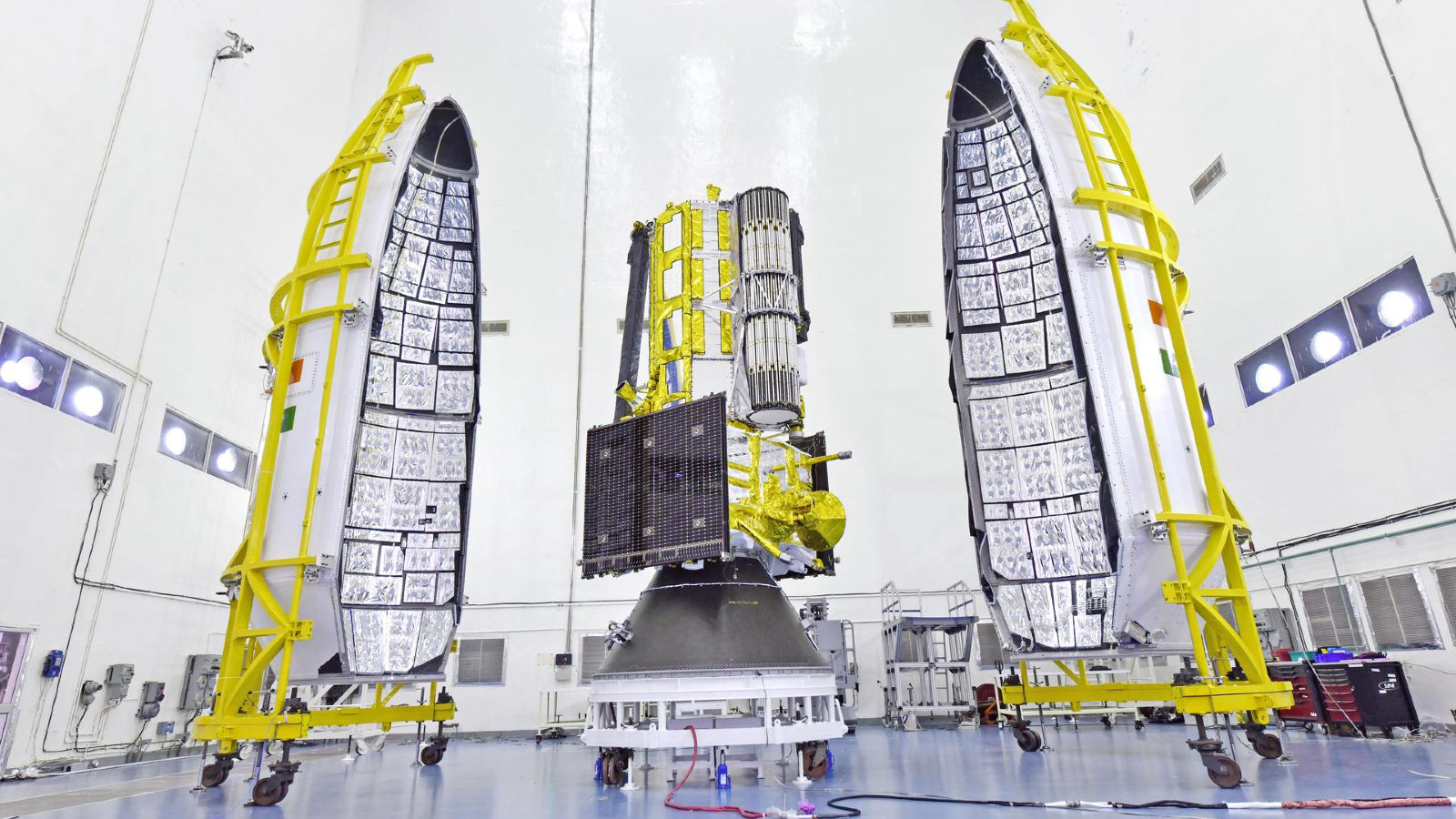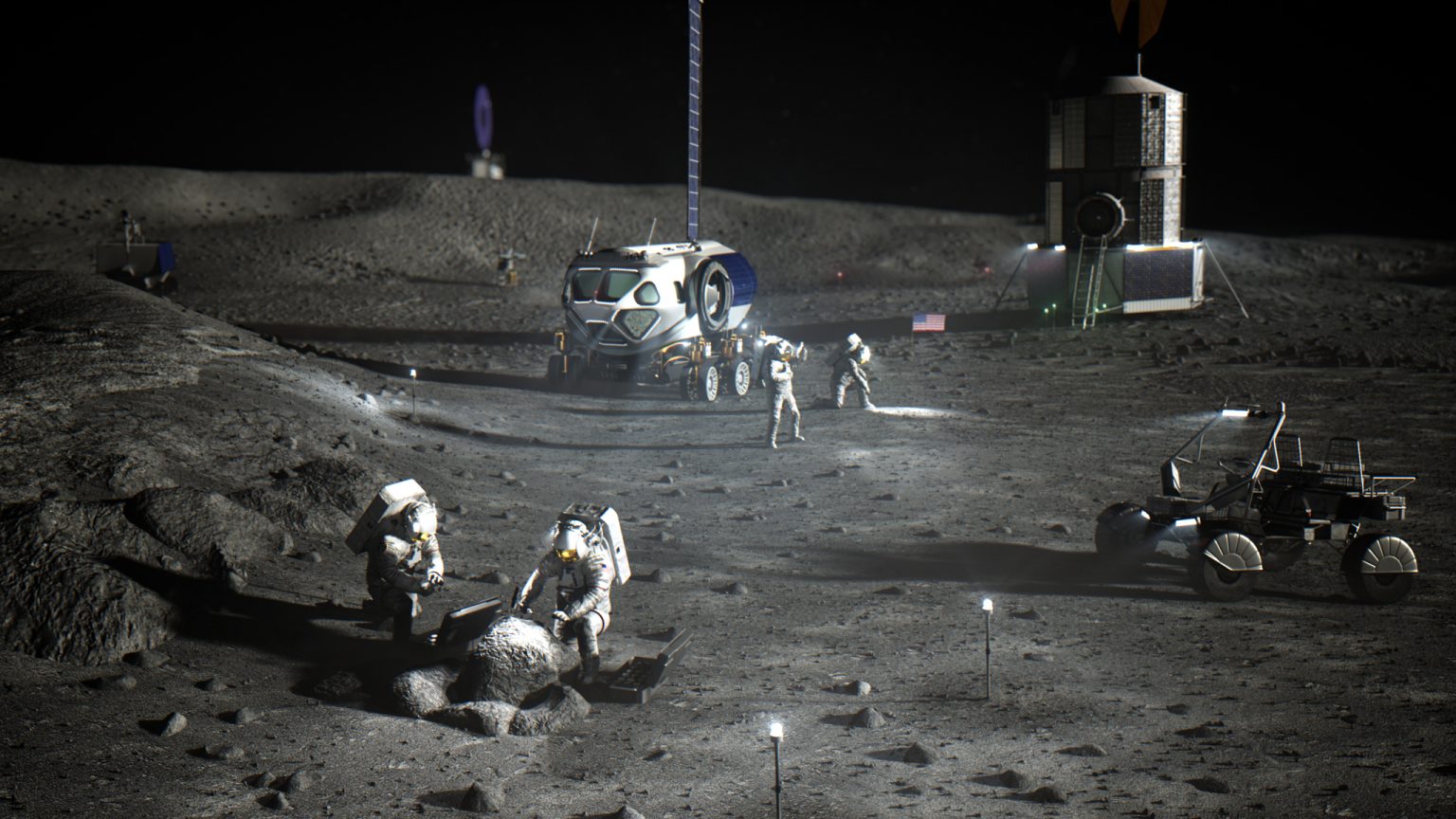Powerful NISAR Earth-observing satellite loaded up for launch in India | Space photo of the day for July 30, 2025
The satellite will scan the Earth twice every 12 days.

Satellites in low-Earth orbit play a key role in helping us study and understand our planet. Orbiting at altitudes usually between 100 and 1200 miles (160 and 2,000 kilometers), these satellites are close enough to capture high-resolution data while moving fast enough to scan multiple areas of Earth within a few hours to a few days.
Using these satellites, scientists can monitor natural phenomena like wildfires, storms, volcanoes, and more, as well as study the effects of climate change on hard-to-access places like the Artic or Antarctica.
What is it?
Adding to this constellation of satellites is the NISAR (NASA-ISRO Synthetic Aperture Radar) satellite, a collaborative project between NASA and the Indian Space Research Organization, which is designed to monitor changes on our planet in new detail. To do this, the satellite will use duel-frequency radar sensors.
Once deployed, NISAR will image nearly all of Earth's land and icy surfaces twice every 12 days, offering unprecedented detail into the many natural processes happening on our planet.
Where is it?
The NISAR satellite was encapsulated and had final preparations done in a cleanroom at the Satish Dhawan Space Center in India.
Why is it amazing?
NISAR will provide scientists with valuable data as it monitors ice-sheet changes, sea-level rises, ecosystems shifts and more. According to NASA, the satellite will scan forests and wetlands and study both human-driven and natural changes to these environments.
With NISAR acting as another pair of eyes aimed at Earth, experts can better understand and help respond to the effects of global climate change.
Breaking space news, the latest updates on rocket launches, skywatching events and more!
On July 30th, the satellite, within its larger payload fairing capsule, will be launched into space via the Geosynchronous Launch Vehicle. Once in space, the capsule will split in half, leaving the satellite to orbit the Earth on its own.
Want to learn more?
You can read more about the NISAR satellite as well as other Earth-orbiting satellites.
Kenna Hughes-Castleberry is the Content Manager at Space.com. Formerly, she was the Science Communicator at JILA, a physics research institute. Kenna is also a freelance science journalist. Her beats include quantum technology, AI, animal intelligence, corvids, and cephalopods.
You must confirm your public display name before commenting
Please logout and then login again, you will then be prompted to enter your display name.

